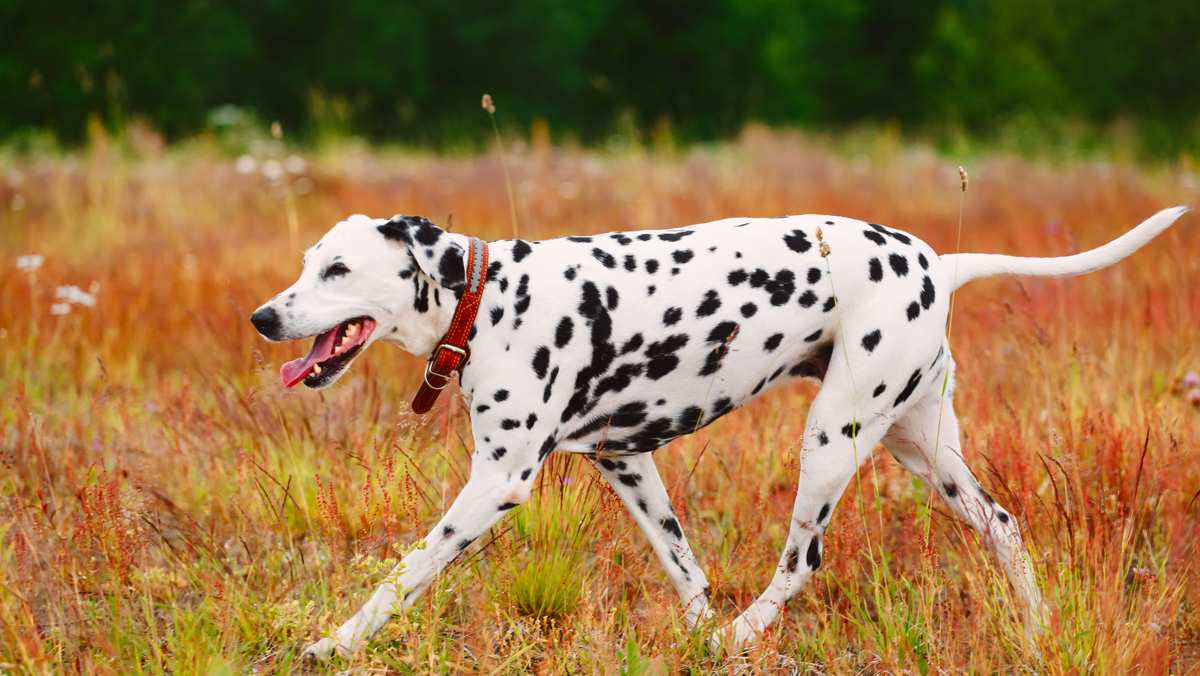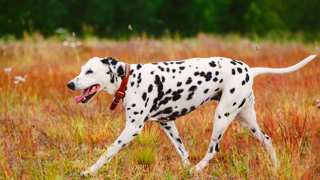Dalmatian Breed Details
The Dalmatian is a member of the Non-Sporting group of breeds; dogs of this breed have been around for centuries, and have been utilized in a wide variety of activities including herding, retrieving, coach/carriage guarding, in circuses, and numerous others. These versatile, active, intelligent dogs are best for active families who are willing to meet Dalmatians' high exercise requirements.
Some Dalmatian facts: they're medium- to large-sized (averaging 22 inches in height and 50 pounds in weight), with short-haired, fine coats in the classic "white-with-black-spots" color pattern. Here are some additional qualities of the Dalmatian, both good and bad:
PROS:
- Highly intelligent
- Extremely versatile
- Willing to please
- Fun-loving and comical
- Excellent in obedience/agility trials
- Fairly easily trained
- Great stamina and work ethics
- Socializes well with kids and other pets
- Good watchdog abilities
- Clean and self-maintaining
CONS:
- High exercise requirements
- Sheds frequently
- Can be stubborn and strong-willed
- Hereditary deafness is common
- Will bark/turn destructive if bored
- Not good for apartment living
- Incredibly exuberant; will jump/bound often, especially when young
- Numerous health issues



